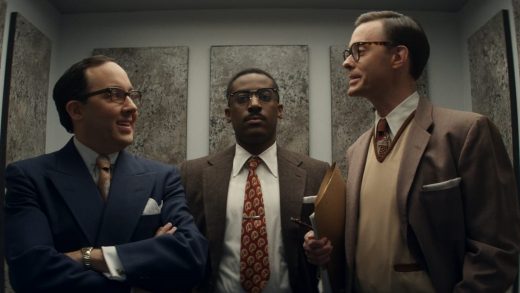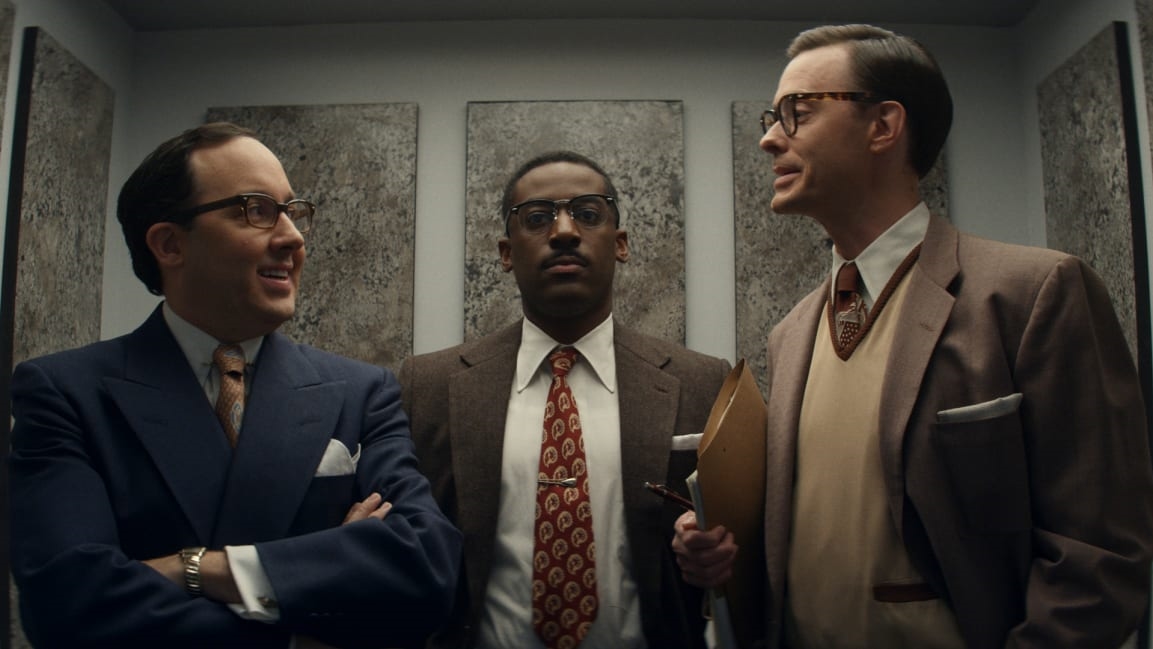Amazon Prime’s ‘Them’ is the latest in a horror renaissance reflecting the Black experience in America
The idea that “the Black guy dies first” in horror movies is just a myth. It does memorably happen in films such as Jurassic Park, which is not a horror movie, and Scream 2, which is a metatextual commentary on horror movies, but not nearly as often as legend suggests. Unfortunately, that’s probably because far too many horror movies historically have either scrimped on Black characters altogether or saddled them with patronizing, voice-of-reason dialogue before unceremoniously offing them midmovie.
Those days, for the most part, appear to be over. The new series Them, which streams on Amazon Prime today, is only the latest salvo in a flourishing renaissance of horror that reflects the experience of being Black in America.
It’s impossible, or at least ill-advised, to omit the influence of Get Out and Jordan Peele from any discussion of this reinvigorated subgenre. (Previous entrants include 1992’s Candyman, a surreal and spooky treatise on gentrification.) Peele’s 2017 breakout film brilliantly used horror to lay bare the exploitative drive beneath the well-meaning veneer of white liberals. His influence is unmistakable in recent movies such as Bad Hair, Antebellum, and Vampires vs The Bronx—which are admittedly not all successful—and of course within his own projects, like 2019 sophomore feature, Us, HBO’s hit 2020 series, Lovecraft Country, which he produced, and the upcoming“spiritual sequel” to Candyman, which he cowrote with director Nia DaCosta.
Which brings us to Them.
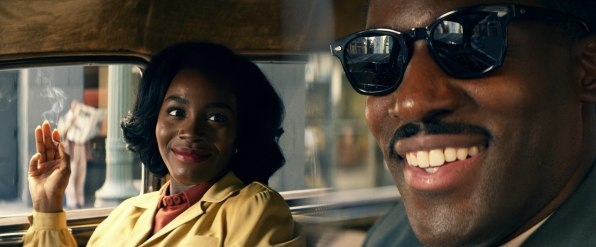
[Photo: courtesy of Amazon Studios]
In the summer of 2018, Amazon Studios gave prolific producer Lena Waithe and creator Little Marvin a two-season order for their anthology horror series, Them, in which the cast and plot would change every season. It was to be the streamer’s answer to American Horror Story. (Call it African-American Horror Story. Or, on second thought, don’t do that.)
Them has since gained some superficial overlap with Peele’s second film, 2019’s Us, even though the latter hadn’t yet released when the former went into development. The title Them exists in opposition to Us, young actor Shahadi Wright Joseph has a major role in both, and both make outstanding use of the song “Les Fleurs” by Minnie Riperton. The more important commonality with Peele’s work overall, however, is that Them mines the landscape of Black trauma for its plot lines, pathos, and scares.
Set in 1953, the series takes place amid the Great Migration, where Black families fled the Jim Crow South en masse for suburban enclaves around the rest of the country. After a grisly tragedy only hinted at in the opening scene, World War II vet Henry Emory (Ashley Thomas) and his wife, Lucky (Deborah Ayorinde), trade the boonies of rural North Carolina for the lily-white Back to the Future-like suburbs of Compton, California. (Yes, that Compton.) Once there, the couple struggles with being desegregation pioneers in a proto-MAGA neighborhood that also happens to be haunted. The entire family, which includes daughters Ruby (Joseph) and Gracie (Melody Hurd), soon encounters bespoke ghosts, along with more corporeal villains such as housewife Betty (Alison Pill), who is determined to bully them out of the neighborhood.
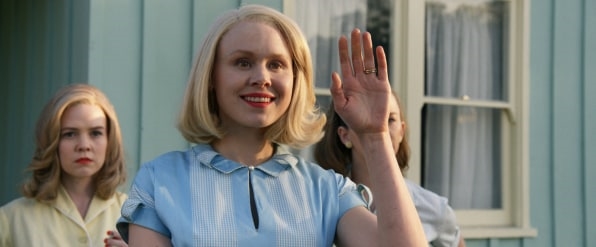
[Photo: courtesy of Amazon Studios]
The context of the series is historically accurate. Not only is the Great Migration real, so are the racially restrictive real estate covenants that helped keep the suburbs white for so long, along with the Homeowners Association, whose outright racist roots is also depicted here. It’s an era that’s especially ripe for reassessment at a time when you can turn on Fox News at seemingly any hour and see an idiot in a bow tie talk about “protecting” “our” “heritage.”
In fact, the era is such fertile ground for modern retelling, it’s seen two prior depictions in just the last year.
Brit Bennett’s sensational bestseller, The Vanishing Half, soon to be adapted as an HBO limited series, features a section centered around the first Black family to move into the Palace Estates subdivision of ritzy Brentwood, California in 1968. Just as in Them, the neighbors are all committed to intimidating out the new family once the Homeowners Association fails to prevent their arrival. All the while, the character narrating this section “couldn’t tell what unnerved her more, a colored family moving in or imagining what might be done to stop them.”
Horror is already lurking right on the surface of America’s white supremacist past, and it hardly needs ghosts to zhuzh it up.
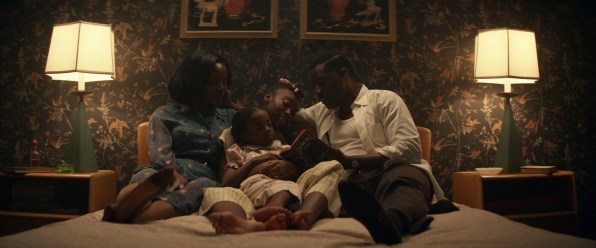
[Photo: courtesy of Amazon Studios]
Ghosts do figure into the other major 2020 piece of storytelling about a white area resisting its new Black neighbors. In the third episode of Lovecraft Country, a Black woman purchases a dilapidated Victorian mansion on Chicago’s North Side, only to face intimidation from white neighbors outside and from malevolent spirits within. (Guess which group ultimately turns out to be more vicious!) That self-contained episode, “Holy Ghost,” shares a lot of DNA with Them. However, while Lovecraft Country cleverly illuminates some struggles of desegregating the suburbs, Them goes all in. The series zooms out far beyond neighborly antagonists, ghostly and otherwise, to examine how real estate developers and banks are all in on the conspiracy as well.
It’s unfortunate that both series take a horror tack on this chapter of American history, since repetition dulls the impact somewhat. But this same story could be told in 10 different ways and still produce new wrinkles. (Lord knows, plenty of paler moments in American history have been told far too many times.)
Horror is often used to present a supernatural monster alongside a human one, to let the audience wrestle with the question of which is the worse villain. Fortunately for audiences hungry for more shows like Them, Black Americans have contended with so many human monsters, past and present, they may never run out of fresh stories to tell about them.
Fast Company , Read Full Story
(68)

